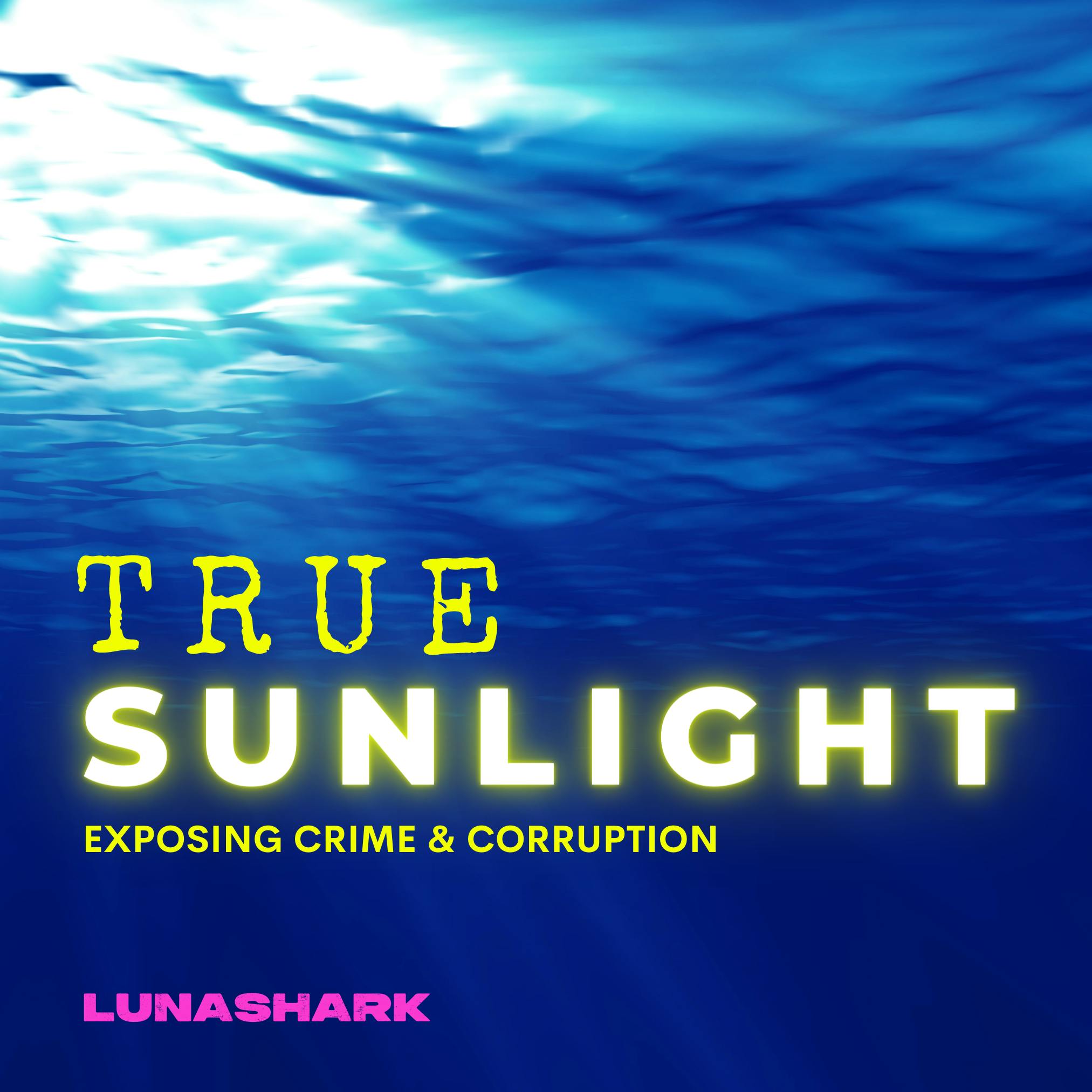A Holiday Fashion Law Dinner Party: Exploring the Connections between the Film and Fashion Industries in Rome Two central questions over the holidays include what to wear and what classic movie to watch. In many movies, fashion plays an important role, helping the characters express their identities and narrative arcs. The law also plays a role in films with celebrated fashion moments. Take "Roman Holiday". The ending of this 1950s classic with the fashion icon Audrey Hepburn likely would not have been possible without the rules of copyright law. If Irving had not had the right to effectively gift the images of Princess Anne/Anya's adventures in Rome, with the negatives, to her at the press conference at the end of the movie, Roman Holiday’s ending would have potentially turned out very differently. Inspired by "Roman Holiday", and the connections between law, fashion, film, and heritage within it, we explore current trends in the film industry and which film and fashion inspired places to visit in the Eternal City with Alberto Lo Pinto, a native Roman who researches and teaches on post-war Italian cinema. Many film productions and streaming services, including Netflix, are increasingly filming in Italy, creating successful shows like The Law According to Lidia Poët. Many of these shows, and proximate film or advertising productions in Italy, are also linked to fashion brands. We parse the laws that apply to film productions in Italy, and connections between film production and cultural heritage law, including at the famous Cinecittà, with Maria Giusti, a Senior Postdoctoral Researcher at Luiss University in Rome with expertise in cultural heritage law and the film industry.
# Cultural Heritage LawLegal frameworks that protect cultural heritage, often intersecting with film productions and historical representation.

















































